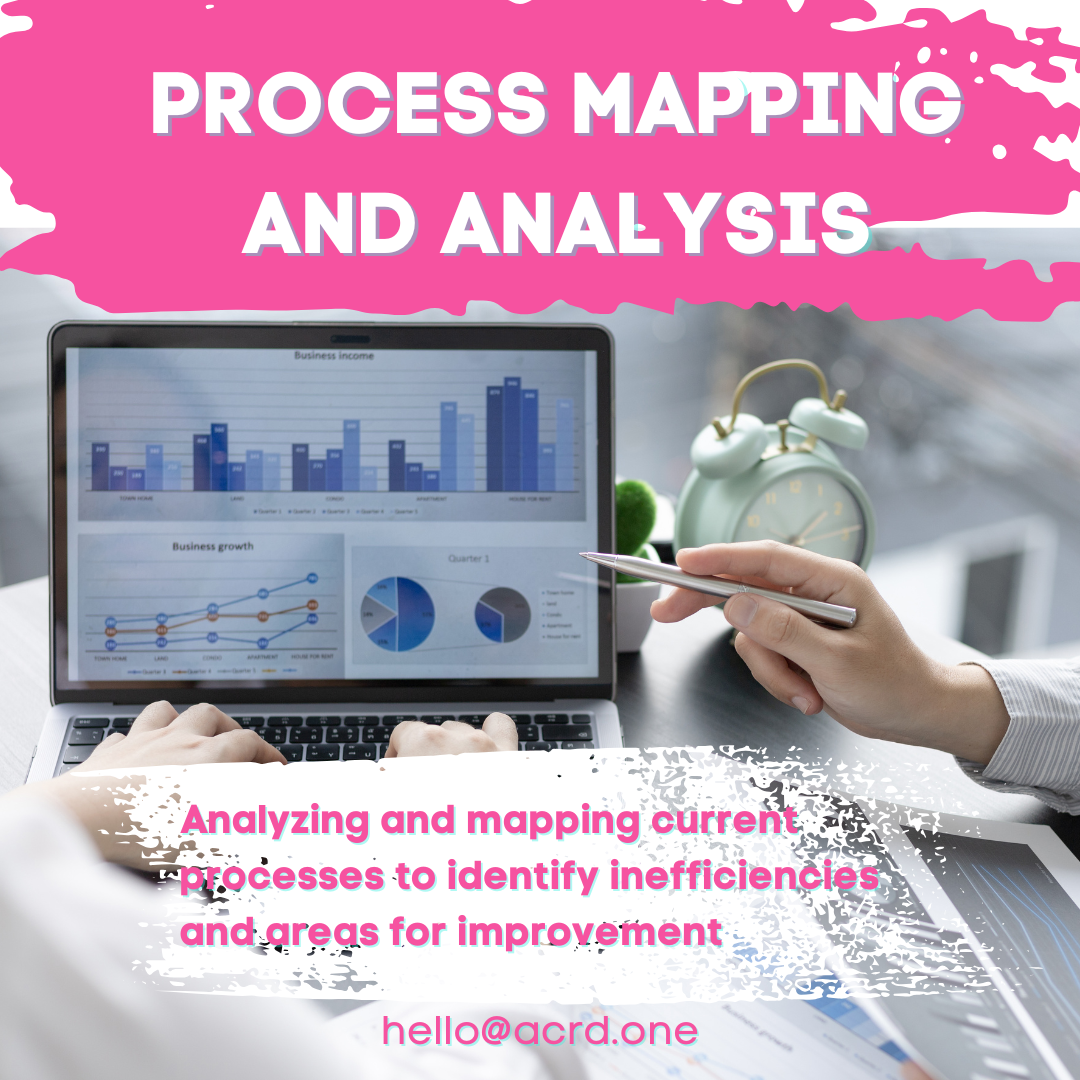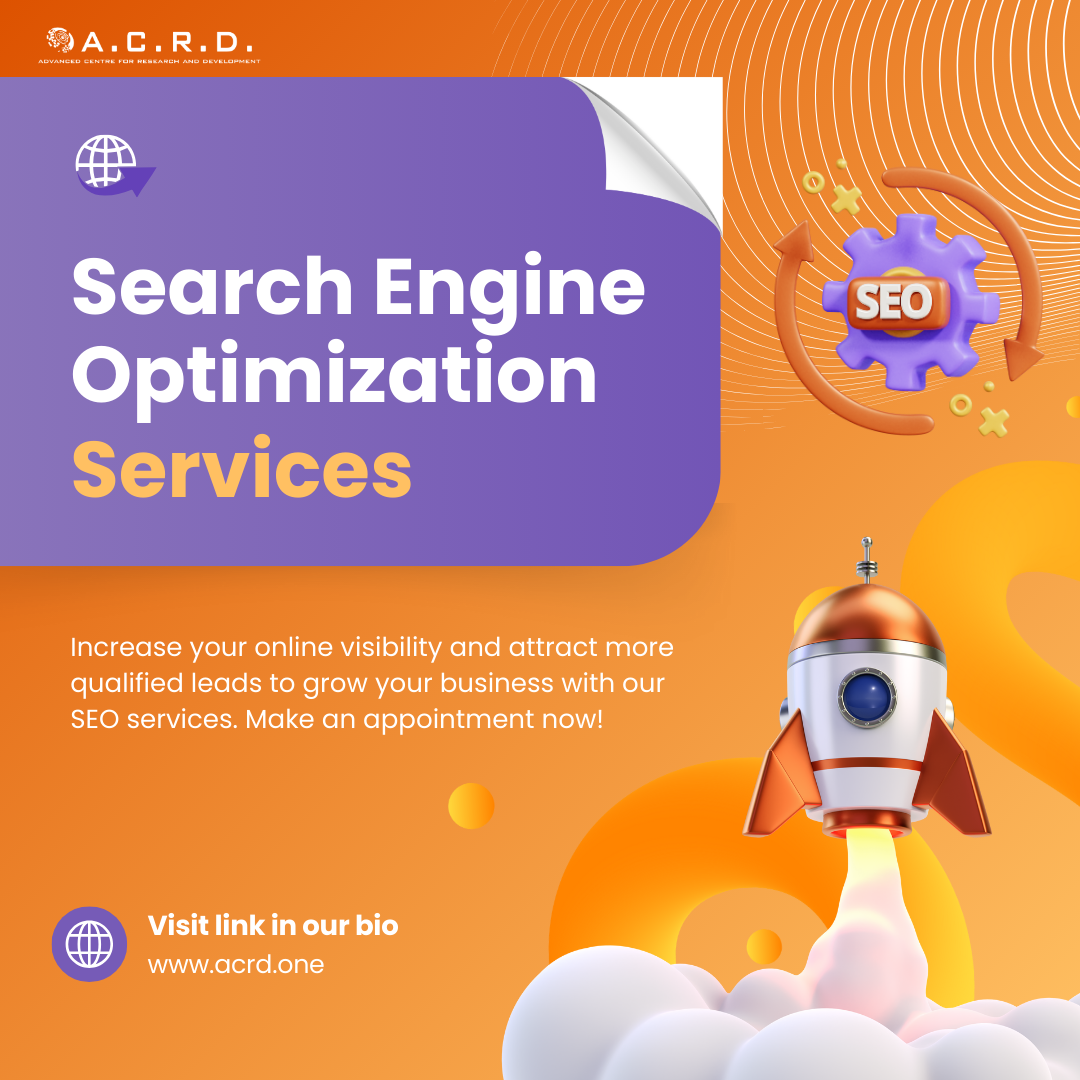Manufacturing and supply chain consulting is a pivotal service for businesses aiming to achieve operational efficiency, cost savings, and scalability. In rapidly growing regions like Mangalore and Bangalore, where infrastructure development, industrial manufacturing, and commercial enterprises are booming, having expert consultants in manufacturing and supply chain management ensures streamlined operations, reduced risks, and sustained profitability. Whether it’s optimizing production workflows, sourcing materials, managing logistics, or ensuring timely delivery, these services help companies achieve seamless operations while staying cost-effective and competitive in their markets.
One of the key benefits of manufacturing and supply chain consulting is process optimization. In manufacturing facilities, consultants analyze production lines, identify inefficiencies, and implement streamlined workflows to improve throughput and reduce waste. In Bangalore, where tech manufacturing and industrial production are prevalent, consultants focus on optimizing assembly lines, implementing lean manufacturing techniques, and automating processes. In Mangalore, industries like construction, agriculture, and manufacturing benefit from process enhancements that improve material handling, reduce labor costs, and minimize downtime. This results in better resource utilization and higher production output with lower operational costs.
Material sourcing and supplier management are crucial components of an effective supply chain. Supply chain consultants conduct thorough assessments to identify the most reliable suppliers, negotiate cost-effective contracts, and ensure the quality and availability of materials. In Bangalore, sourcing materials for tech manufacturing and consumer electronics requires precision and cost control, while in Mangalore, industries rely on sourcing construction materials, agricultural equipment, and industrial supplies. A robust supply chain ensures timely availability of materials, minimizes disruptions, and ultimately keeps projects and production schedules on track.
Cost efficiency and waste reduction are core outcomes of supply chain and manufacturing consulting. By implementing lean principles and Six Sigma methodologies, companies can reduce waste, optimize resource allocation, and increase overall efficiency. Consultants conduct workflow audits, monitor production performance, and introduce tools that enhance productivity. In Bangalore, this might involve automating inventory management and using predictive analytics, while in Mangalore, it could mean sourcing locally to reduce transportation costs and minimizing material waste through advanced recycling techniques. Such strategies ensure that every operation is streamlined, cost-effective, and profitable.
Technology integration and automation play a crucial role in modern manufacturing and supply chain consulting. By leveraging technologies like IoT (Internet of Things), AI-driven analytics, and automated machinery, businesses can achieve real-time monitoring, data-driven decision-making, and predictive planning. In Bangalore’s tech-driven industries, consultants implement smart factory technologies and robotics, while Mangalore industries might adopt automated material handling systems and eco-friendly processing technologies. These technologies optimize workflows, reduce human errors, and enhance operational efficiency, resulting in faster production times and cost savings.
Quality control and compliance are critical in maintaining industry standards and ensuring customer satisfaction. Supply chain and manufacturing consultants work to implement rigorous quality control processes that comply with local and global standards. In Bangalore, where high-tech manufacturing demands precision, consultants focus on component testing and quality assurance protocols, while in Mangalore, they ensure that construction materials and industrial products meet regional safety and durability standards. Consistent quality control minimizes defects, reduces returns, and strengthens brand reputation.
Inventory management and logistics optimization are essential for maintaining a smooth supply chain. Consultants analyze warehouse layouts, forecast demand, and optimize delivery schedules to reduce costs and ensure timely distribution. In Bangalore, this means using warehouse automation technologies and logistics planning software, while in Mangalore, companies might implement cost-effective local distribution routes and integrated transportation networks. Such logistics planning minimizes transit times, reduces transportation costs, and ensures that production schedules and customer deliveries are met without delays.
Sustainable practices in manufacturing and supply chain operations are increasingly becoming a priority. Consultants focus on eco-friendly sourcing, waste reduction, and energy-efficient production methods. In Mangalore, companies might adopt green technologies for factories and eco-friendly material sourcing, while Bangalore industries could explore renewable energy integration and waste-to-energy solutions. Sustainable operations reduce environmental impact, improve corporate responsibility, and enhance brand image, while also ensuring long-term cost savings.
Collaborating with cross-functional teams that include technology experts, logistics planners, material scientists, and operations managers strengthens manufacturing and supply chain management. Consultants bring together expertise from various areas to implement holistic solutions tailored to business needs. In Bangalore, this collaboration often involves tech specialists, data analysts, and supply chain managers, while in Mangalore, it includes construction experts, material specialists, and logistics professionals. This integration ensures that every part of the supply chain and manufacturing process is well-coordinated, transparent, and aligned with strategic business goals.
Investing in customized supply chain and manufacturing consulting services enables companies to scale operations, reduce costs, and improve delivery timelines. It also fosters innovation and adaptability, allowing businesses to pivot and adjust quickly in response to market changes. By focusing on technological integration, process optimization, sustainability, and robust logistics planning, companies in Mangalore and Bangalore can achieve operational excellence, customer satisfaction, and market competitiveness.
In conclusion, manufacturing and supply chain consulting provides a strategic roadmap for businesses to achieve higher efficiency, cost savings, and scalability. Whether it’s through lean manufacturing, advanced logistics planning, technology integration, or eco-friendly operations, consultants empower companies to make data-driven decisions, enhance productivity, and ensure compliance with quality and environmental standards. Businesses in Mangalore and Bangalore that invest in these services not only optimize their operations but also lay the foundation for long-term growth, profitability, and market leadership.
Cross-functional Categories:
Manufacturing & Supply Chain, Logistics, Technology Integration, Process Optimization
Relevant Tags:
manufacturing consulting, supply chain services, logistics optimization, process efficiency, material sourcing, cost reduction, Mangalore industry, Bangalore manufacturing, eco-friendly operations, technology integration




